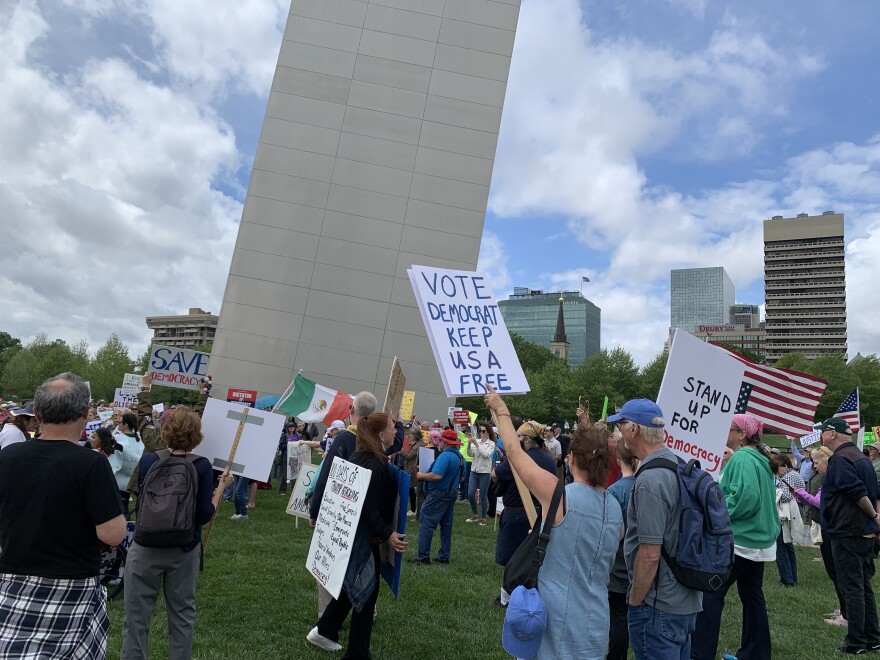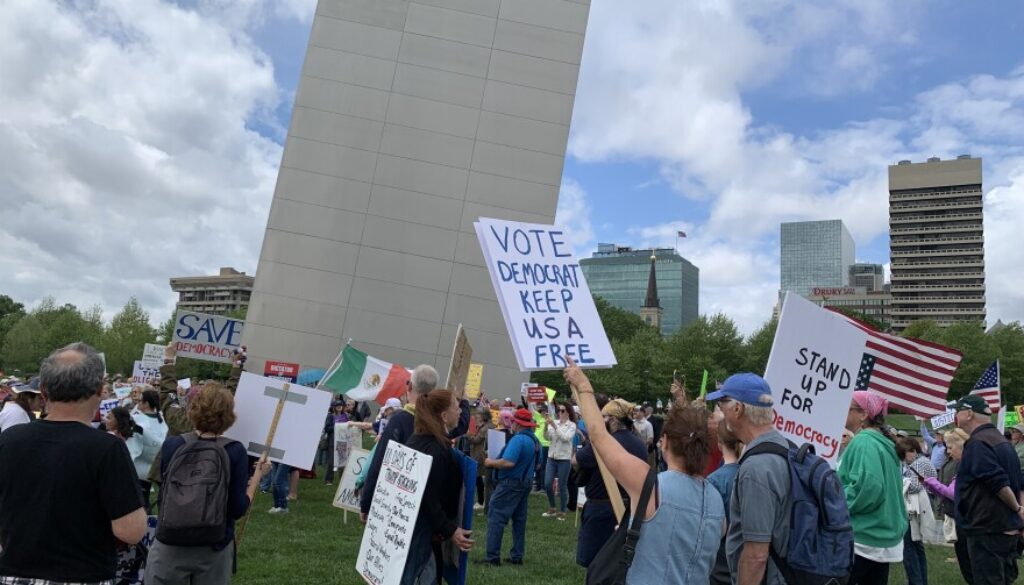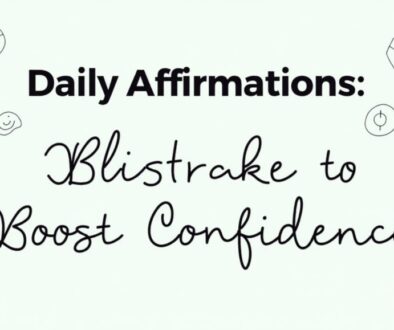Trump’s Policies Spark Nationwide Protests:
In recent years, protests against political leaders have become an increasingly common sight across the United States, especially when controversial policies are introduced. One of the most divisive political figures in modern U.S. history is former President Donald Trump, whose policies and actions have sparked widespread protests both domestically and internationally. From protests against Trump’s immigration policies to public outcry over his environmental stances, people have voiced their dissatisfaction through marches, rallies, and online movements. This article explores the various aspects of the protests against Trump, the reasons behind them, and the ongoing significance of these actions.

Overview: The Rise of Protests Against Trump’s Policies
The protests against Trump have been a defining feature of his presidency and post-presidency, significant portion of American dissent. His policies on issues like immigration, healthcare, climate change, and social justice have deeply polarized the country. As a result, many groups have taken to the streets to express their opposition. Trump’s Policies these protests have been organized by various political groups, including Democrats. Activists, and even some members of the general public who feel the impact of his policies.
Protests against Trump have also sparked debate about the role of demonstrations in shaping public opinion and influencing policy. Whether it’s the protests against Trump on Presidents Day citizens across the country have made their voices heard on key political issues. These protests have evolved into a larger movement that addresses not only Trump’s specific policies. But also the broader issues of democracy, human rights, and social justice.
Detailed Section: Key Moments in Protests Against Trump
People Protested Against President Trump’s Actions on Presidents Day
Trump’s Policies On Presidents Day, which is traditionally a celebration of the leadership and contributions of past U.S. presidents, many Americans turned the occasion into a day of resistance. In 2020, people protested against President Trump’s actions on Presidents Day to express their anger over the direction in which his administration was taking the country. Trump’s Policies these protests were particularly focused on issues. Such as his impeachment trial, the handling of the COVID-19 pandemic, and his approach to environmental policies.
Organizers saw Presidents Day as a fitting time to remind the public that not all presidents are held in high regard, and Trump’s controversial policies have earned him strong opposition. These protests, which took place across the U.S., showcased the ongoing dissatisfaction with his leadership.
Thousands Protested in Los Angeles Against Trump’s Immigration Policies
One of the most controversial areas of Trump’s administration was his stance on immigration. His “zero-tolerance” policy, which led to family separations at the U.S.-Mexico border, sparked massive protests. In Los Angeles, a city with a large immigrant population, thousands protested in Los Angeles against Trump’s immigration policies. The protests were driven by outrage over the inhumane treatment of migrants and the divisive rhetoric surrounding immigration.
The protests were a mix of emotions, with participants calling for an end to the border wall construction, the reversal of the family separation policy, and a fairer, more compassionate approach to immigration. These protests reflected broader frustrations with Trump’s stance on the issue and served as a rallying cry for immigrant rights groups and their supporters.
Global Protest Against Trump
Trump’s policies did not just spark protests in the United States, but around the world. Global protests against Trump were seen in many countries where his foreign policy decisions were met with skepticism or disapproval. From his withdrawal from the Paris Agreement to his stance on international trade and relations with countries like North Korea and Iran, Trump’s approach to global issues incited criticism and protest across Europe, Latin America, and the Middle East.
In cities like London, Paris, and Berlin, people took to the streets to voice their opposition to Trump’s international policies. This global protest movement highlighted the worldwide impact of U.S. foreign policy and its ripple effects on global relations.
Protests Against Trump 2025: A Continued Resistance
Even years after Trump’s presidency, protests against Trump 2025 have remained a significant part of political discourse. With Trump continuing to maintain a strong presence in U.S. politics, the resistance against his past actions and future plans remains alive and well. These ongoing protests have focused on issues such as voter suppression, corporate influence in politics, and the ongoing debate over his impeachment.
The movement against Trump has also evolved to encompass newer issues, such as police reform, racial justice, and climate change. Activists have found new ways to connect these issues to Trump’s policies, keeping the spirit of resistance alive and well.
Democrats Violent Protest Against Trump
While most protests against Trump have remained peaceful, some incidents have resulted in more aggressive demonstrations. These have sparked controversy and raised questions about the methods used by activists. The Democrats’ violent protest against Trump in certain instances has drawn criticism not only from conservatives but also from moderate liberals who advocate for nonviolent methods of protest.
However, it’s important to understand that while violence occasionally occurred, the vast majority of protests against Trump were peaceful. These actions, though controversial, underscore the intensity of feelings towards Trump’s policies and the lengths some activists were willing to go to in order to make their voices heard.
Are Companies Paying People to Protest Against Trump?
One question that has arisen during these demonstrations is whether there is financial backing behind some of the protests. A common conspiracy theory suggests that are companies paying people to protest against Trump. While there is no concrete evidence to support this claim, it has become a talking point for those who seek to discredit the protests and delegitimize the resistance movement.
In reality, most protests are grassroots efforts organized by community groups, political activists, and ordinary citizens who feel passionately about the issues. While funding may come from political action committees (PACs) or other advocacy groups, the idea that companies are paying protesters is largely unfounded.
Are Americans Protesting Against Trump?
The short answer is yes—are Americans protesting against Trump? In fact, the protests against Trump represent one of the most sustained waves of political activism in recent U.S. history. Trump’s Policies from women’s marches to marches for science and climate justice, Americans have consistently demonstrated their opposition to Trump’s policies on a wide range of issues.
These protests not only reflect the deep divide within the U.S. political system but also serve as a reminder of the importance of political activism in shaping public policy. The ongoing demonstrations against Trump’s policies have been a defining feature of American politics in the 21st century.
Benefits of Protests Against Trump
Protests have long been an essential component of democratic societies. They allow citizens to express their opinions, engage in political discourse, and push for changes in policies they find unjust. The protests against Trump have provided several benefits:
- Raising Awareness: These protests have brought attention to issues like immigration reform, police brutality, and climate change, forcing the government and media to address these topics.
- Mobilizing Voters: Protests have played a key role in mobilizing voters, particularly in the 2020 and 2024 elections. The resistance movement helped galvanize Democratic turnout in key states, which ultimately helped shift the balance of power.
- Strengthening Democracy: By taking to the streets, Americans have been able to demonstrate the power of civil disobedience in a democracy. It’s a fundamental right for people to express their dissent, and these protests have reinforced that notion.
FAQs Section
1. Why are people protesting against Trump?
People protest against Trump because of disagreements with his policies on immigration, healthcare, the environment, and social justice. These protests often reflect concerns about his actions and rhetoric, which many believe are harmful to American values.
2. What are some of the largest protests against Trump?
Some of the largest protests have taken place on significant days, the Women’s March, and events such as the protests against Trump April 5. These events often attract thousands of protesters, with cities like Los Angeles seeing massive turnout.
3. How can I get involved in protests against Trump?
Trump’s Policies you can get involved by joining local activism groups, or organizations that align with the causes you care about. Social media is also a powerful tool for spreading awareness and organizing events.
4. Are protests against Trump effective?
While protests may not always immediately result in policy changes, they are effective at raising mobilizing voters, and public opinion. They are a key component of democratic societies and can lead to long-term shifts in political discourse.
Final Thoughts
The protests against Trump represent a significant moment in U.S. history, where millions of Americans. Have stood up for their beliefs, often in the face of adversity. Whether you support or oppose the protests, there’s no denying the impact they’ve had on U.S. politics. Trump’s Policies from thousands protesting in Los Angeles against Trump’s immigration policies to global protests against Trump. These movements reflect the ongoing debate about the direction of the country and the values that shape it. As the political landscape continues to evolve, it’s clear that protests will remain a powerful force .



